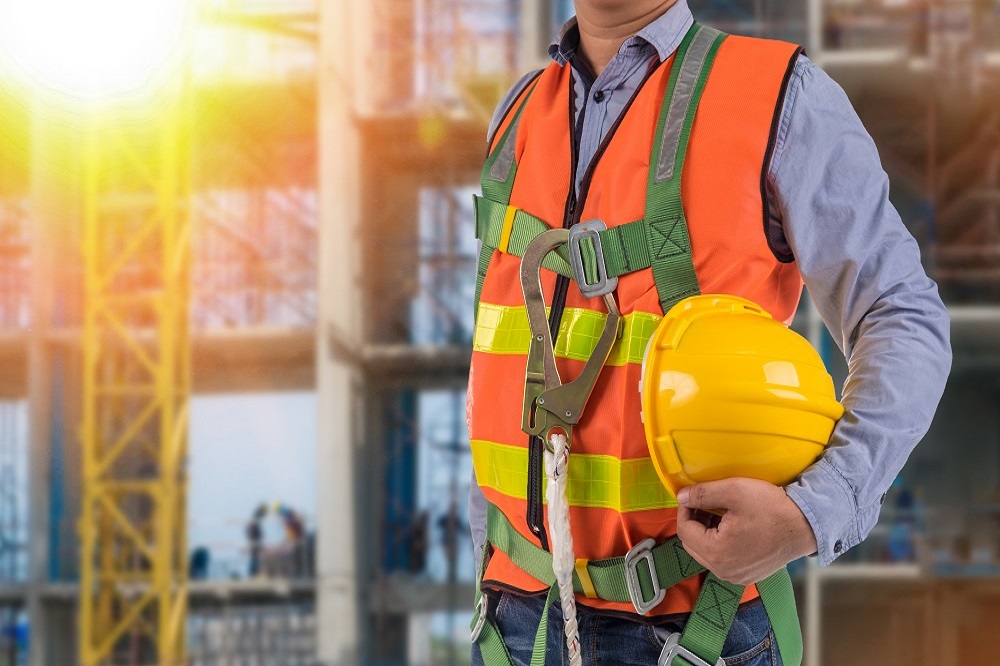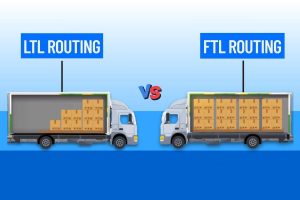Workplace injuries are very common in all kinds of branches and industries. There are many regulations and safety measures employers should follow in order to avoid accidents and injuries. Unfortunately, even when following these strict and precautionary measures, injuries seem to be inevitable. The problems can vary from faulty equipment to simply bad weather conditions. Working at height can be particularly dangerous, and is the biggest cause of work-related injuries and fatalities. By definition, it includes all types of work below and above ground level, where a fall from that position can result in an injury of an individual.
This would include working on the ladder, fragile surfaces, roofs, scaffolds, holes in the ground etc. Therefore, the most common professions of such work would be construction, maintenance, warehouse, agricultural and transportation workers, then window cleaners and painters, but the list goes on and on. In the past few decades conditions are getting better, with regular inspections of sites and equipment, but when improvement means safety it is the direction every industry should seek.
Role of the Company
Unless we are talking about the negligence of an individual, it is all about the company’s work policy. Besides organizing the entrance training of workers, it is their job to keep you safe. At all times, there should be a managing supervisor nearby. The company should provide preventive measures, such as sturdy platforms and guard rails. Since prevention sometimes isn’t an option, both personal – safety chains, and collective damage reduction measures – safety nets and airbags are obligatory. Often risk assessments are also a necessity, along with thorough planning and organizing of work at heights. As maintenance of equipment is a crucial factor, it is strongly advised to call a safety equipment inspector both on a regular basis, and additionally whenever the piece of equipment can endanger workers’ lives. The company should encourage workers’ feedback and improve standards accordingly.
The importance of proper training
Remember, the company is obligated to provide you with detailed training before you start working at heights. Said training is essential for both workers and supervisors. It should cover dealing with every possible unfortunate outcome, along with step by step explanation of safety measures, detailed awareness, and training of the equipment used during work. This is crucial. Having competent personnel lowers the possibility of an incident happening. They must know how to follow a safe and systematic way of performing a job, inspect their equipment and understand all the laws, regulations and a rescue plan. Proper fall protection training should include a final test, and provide you with a certificate.
The DOs
If you are working at heights, you must be aware of the environment and be precautious at all times. If working from the ground is an option for a part of the procedure, do that. Assess the risks and possible outcomes so you already have a fall reduction strategy, even in the worst case scenario. When working on/near fragile surfaces, take extra care. Talk to your supervisor whenever you feel unsafe or notice a faulty piece of equipment. Make sure the surface you are standing on is stable well connected to the rest of the structure. If using a ladder, make sure it is just a “transportation method”, not a place from which you’ll be working.
The DON’Ts
Do not be reckless at heights, and fully understand the most falls causing long-term consequences and even fatalities happen from less than 4 meters! Do not overreach from the ladder and make yourself out of balance. Don’t overload the ladder, scaffold or other surfaces above or beyond ground level. There should be a graphic indicator for the safe weights and follow it strictly. Do not compromise anyone else by being unreasonable. Do not leave your items and equipment unsecured at heights, falling objects can also cause serious damage.
Additional safety measures
If possible, rely on your reason and personal fall protection and damage reduction equipment. Harnesses are a great option for this, but it is not “one size fits all”, so do your research on the weights. They can vary in material, from standard nylon ones to ones made of fireproof materials. Proper adjustment is equally important, so have a trained person educate you on how to do it. The price range will define the level of how comfortable you will fell, so talk to your superiors if the given harness does not fit you as it should. When it comes to inspection, unless you are a certified person, do not think you can do it yourself! It should be thorough and still last just a couple of minutes for professionals. These quick checks can save your life, or lives of others on the site. Before starting to work, check the harness is adequately and strongly anchored.
Conclusion
This topic should not be taken lightly, as injuries from falls have the highest rate of all work-related injuries. Feeling safe at work is the most important factor and a basic human right. You should never agree to work at height unless you are provided with all the safety equipment and a fall prevention measure, e.g. safety measure or an airbag. The regulations were made due to unfortunate events happened previously, so remember that safety inspectors are there to help you! If an accident happens, even if it’s barely avoided, you must report it and not endanger other people.












